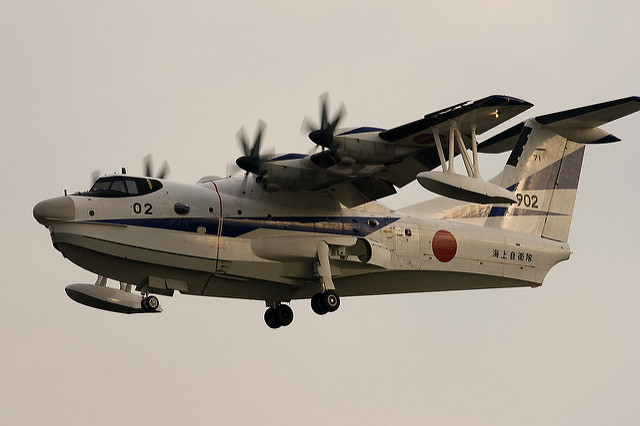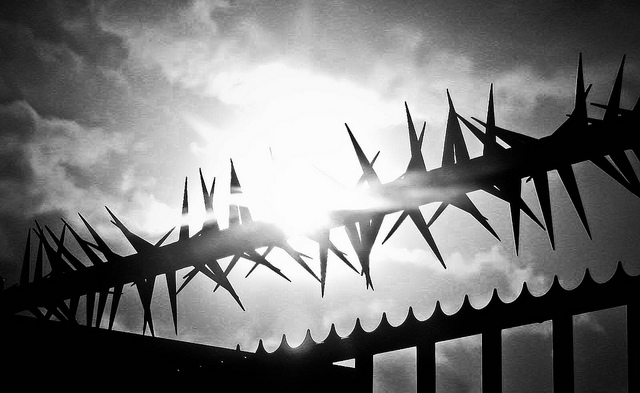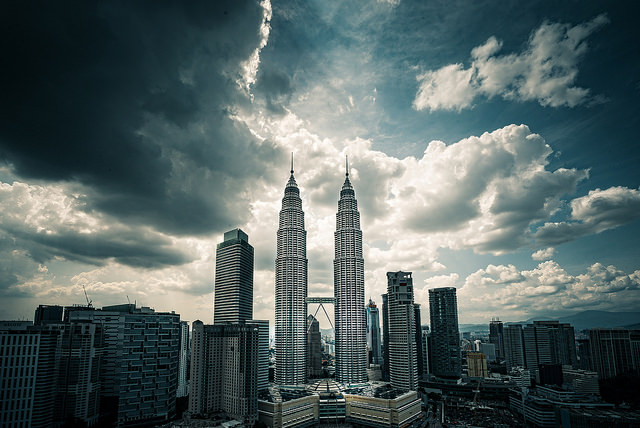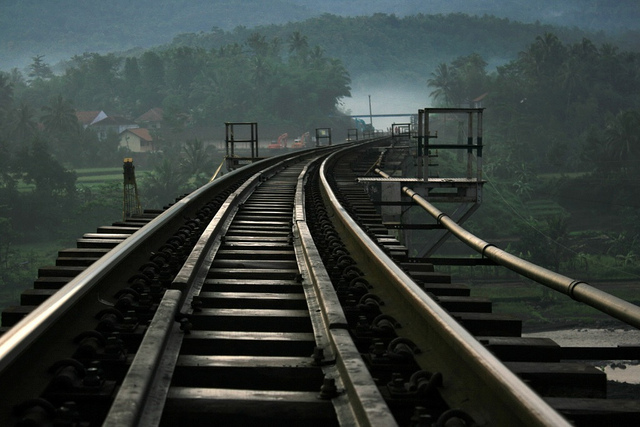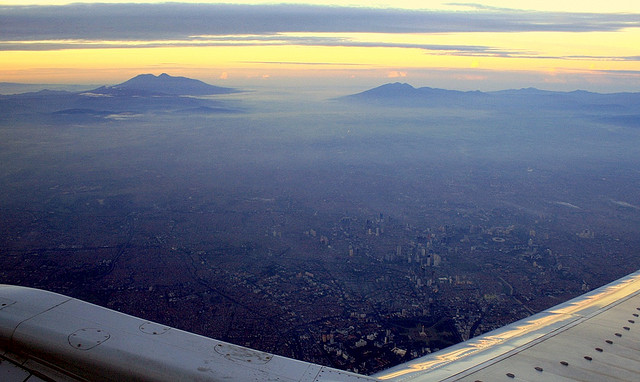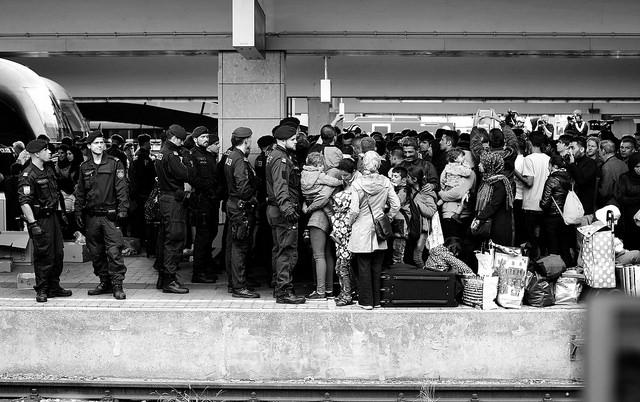Australia needs soft power as Asia’s strategic balances shift

Soft power is essential to any nation wishing to influence others. A term coined by Harvard professor, Joseph Nye, it’s an alternative to the traditional diplomatic theory of ‘carrot or stick’ (economic and military power). Soft power is the ability to effect change through persuasion, positive engagement, and global clout. As Nye put it, ‘hard power is push; soft power is pull’.
Australia is generally regarded as a leading soft power nation. The 2015 Soft Power 30 index ranked Australia at 6th in the world, behind the UK, Germany, US, France and Canada.
Australia has effective global reach through its soft power. However, its direction is misguided. Australia desperately needs an effective soft power campaign in key Asian nations to secure its economic prosperity and national security.
Australia’s relationship with Indonesia surely represents its greatest foreign policy failure. Since the Reformasi in 1998, consecutive Australian governments have highlighted the importance of our northern neighbour. Australian opinions on Indonesia are regularly expressed in the media—see the cases of Schapelle Corby or the Bali Nine. In contrast, we seem to pay little attention to what Indonesians think about Australia.
The 1999 INTERFET operation in East Timor remains a source of Indonesian resentment towards Australia. The carefully stage-managed Concert for the Troops may have played well to Australian voters but it saw our soft power in Indonesia rapidly erode. For Indonesian politicians, ‘stand up to Australia’ became more effective rhetoric than ‘cooperate with Australia’ within their electorates.
Australia’s failed amnesty campaign for Andrew Chan and Myuran Sukumaran revealed how threadbare the soft power influence had become. Even if President Widodo had been inclined to grant clemency, it wasn’t a politically viable move. The fact that Indonesia appeared to enact a moratorium on capital punishment just months after the executions of the Australians speaks volumes.
Academic Priyambudi Sulistiyanto has suggested that some Indonesians feel frustrated by Australia. Be it terrorism, drug trafficking, or people smuggling, there’s a palpable sense that Australia always blames Indonesia for its problems. And yet, in geopolitical terms, there’s no country more important to Australia than Indonesia. With its strategic position in Southeast Asia, the country is both literally and metaphorically Australia’s gateway to Asia. Australia must invest in positive relations with this vital neighbour, not just at a governmental level, but at a popular level also.
Even with China, on track to surpass the US as the world’s largest economy, Australia has done little to foster its soft power. At an Asia Leaders’ Forum in Beijing in 2000, then-foreign minister Alexander Downer went as far as to state that the relationship was based on economic benefit rather than any mutual affection. He called this ‘practical regionalism’ as opposed to ‘cultural regionalism’.
The 2007 ALP landslide election saw Kevin Rudd become the first Mandarin speaking leader of a Western nation. That golden opportunity to grow soft power with Australia’s largest two-way trading partner was lost in a comedy of missteps. A key 2008 speech at Peking University was seen to support government critics, while Rudd’s 2009 Defence White Paper appeared to single China out as a strategic threat. An expletive-laden rant against China at the Copenhagen Climate Summit in 2009 further exacerbated tensions.
Australia’s 2016 Defence White Paper was firmly rebuked by China, with Foreign Ministry spokesperson Hua Chunying noting some of the comments were ‘negative’ and that China was ‘dissatisfied’. That came only a month after Beijing criticised Julie Bishop for her comments on the territorial dispute in the South China Sea.
The pattern is repeated in many strategically important Asian nations. The Abbott Government’s attempt to resettle asylum seekers in Cambodia proved a costly embarrassment to Australia with only four individuals being resettled, costing around $55 million. While Australia is a major aid provider to Cambodia, there’s little in the way of cultural exchange and people-topeople diplomacy. The resettlement plan was immediately met with angry protests outside the Australian embassy. In that case, a dearth of soft power restricted the ability to use economic power.
Australia has the right (and the obligation) to speak out on moral issues like human rights and capital punishment, but a failure to develop and wield soft power in Southeast Asia limits its effectiveness. Australia has largely failed to heed the call of the famous 1989 Garnaut Report for greater Asia literacy and meaningful engagement with the region.
From 1788 until today, Australian foreign policy has been Spartan in its simplicity. The approach has been to wed itself to one powerful protector, first Great Britain, then the US. In Asia, Australia sometimes pays the price for being seen as a US satellite.
While Government must be the driver of a foreign policy initiative, the potential for Australians to develop and export soft power is enormous. Through exchange programs, joint business ventures, charity work and even private travel, individual Australians can enhance their country’s reputation internationally. People-to-people diplomacy is highly effective but hinges on a genuine national desire to engage with the vibrant and complex region to our near north.
With Australia’s volatile political climate providing five prime ministers in five years, it’s perhaps unsurprising that MPs have their focus firmly on local polling. Regardless, the broad opinion of Asian nations and Australia’s regional reputation is vital for both trade and national security. Soft power is the key to diplomatic success in an increasingly globalised world. It’s time to take it seriously.



